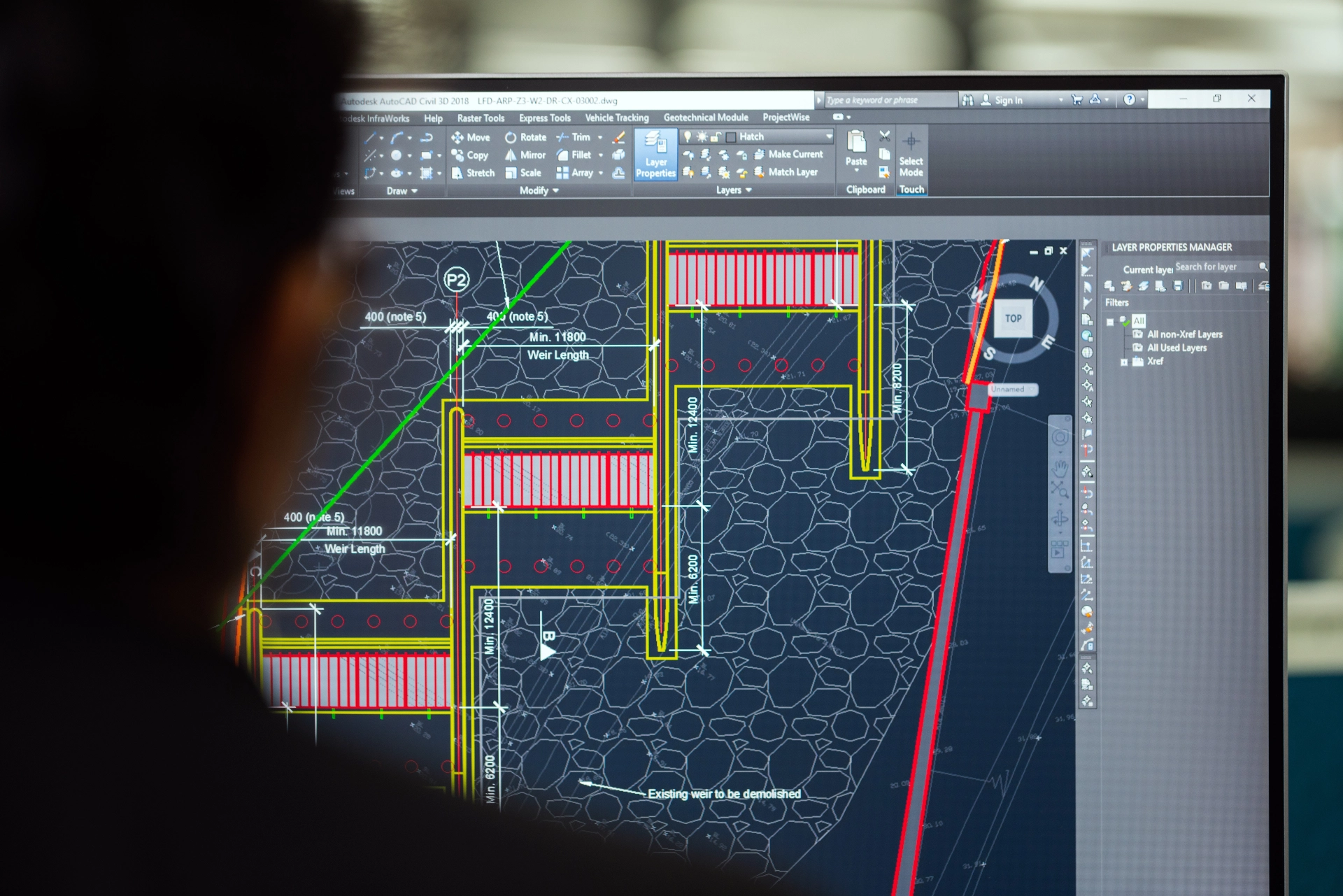Sustainability challenge and related SDGs:
Stable economies need stable sources of electricity. For decades, fossil fuels have been the principal source of this electricity. But burning fossil fuels releases greenhouse gases that have caused and continue to accelerate the climate crisis. In addition, the by-products of burning fossil fuels also affect people's health and well-being.
At the same time, global electricity consumption is rapidly increasing. About 90% of the world's population now has access to electricity. Reaching the remaining 800 million or so people will require a combination of off-grid solutions such as solar cells combined with larger sources of electricity, such as #HydroPower.
Given that energy consumption is a major contributor to the climate crisis, we urgently need to switch to renewable sources such as #HydroPower. This shift will contribute to SDG 7 “Affordable and Clean Energy” and SDG 13 “Climate Action”.
Possible solutions and their contribution to achieving the SDGs
#HydroPower generates more energy than all other renewables combined. The economy around #HydroPower is more comprehensive than commonly imagined. In addition to the construction and operation of large hydroelectric power plants, it also includes the manufacture of important components and their replacement during regular maintenance. Hydroelectric power plants exist in various dimensions. Usually, plants with a capacity of under and over 10 MW are distinguished, with plants of more than 1,000 MW again forming a separate category. Plants with a capacity of around 1,000 MW can supply about 600,000 households with annual electricity. While all #HydroPower projects are associated with challenges, the largest projects have extensive social and environmental impacts.
 #HydroPower includes not only power generation through water pressure and gravity, but also pumped storage. That is, water is pumped to higher elevations (reservoirs) when energy availability is high (e.g., sunshine or strong winds) and then released when energy availability is low. A pumped storage power plant is, therefore, similar to a large battery, which makes it particularly interesting in combination with fluctuating energy sources such as wind or sun.
#HydroPower includes not only power generation through water pressure and gravity, but also pumped storage. That is, water is pumped to higher elevations (reservoirs) when energy availability is high (e.g., sunshine or strong winds) and then released when energy availability is low. A pumped storage power plant is, therefore, similar to a large battery, which makes it particularly interesting in combination with fluctuating energy sources such as wind or sun.
#HydroPower directly contributes to SDG target 7.1, “By 2030, ensure universal access to affordable, reliable and modern energy services,” as well as SDG target 7.2, “By 2030, increase substantially the share of renewable energy in the global energy mix”. When #HydroPower replaces fossil fuels, it also contributes to SDG target 13.2, “Integrate climate change measures into national policies, strategies and planning”.
Primarily related SDG Targets: 7.1, 7.2, 13.2
Investment Rationale and Growth Potential
More than half of the world's potential for profitable #HydroPower remains untapped. This potential is particularly significant in emerging and developing countries. However, as renewables continue to gain prominence, the construction and operation of #HydroPower will not stop anytime soon.
In the meantime, many #HydroPower plants in industrialised countries are reaching an age of around 50 years and will need to be upgraded to the latest technology. It is unlikely that #HydroPower plants will be decommissioned in the next few decades. Therefore, suppliers of key components and services have also forecast continued growth, which makes #HydroPower an interesting investment opportunity.